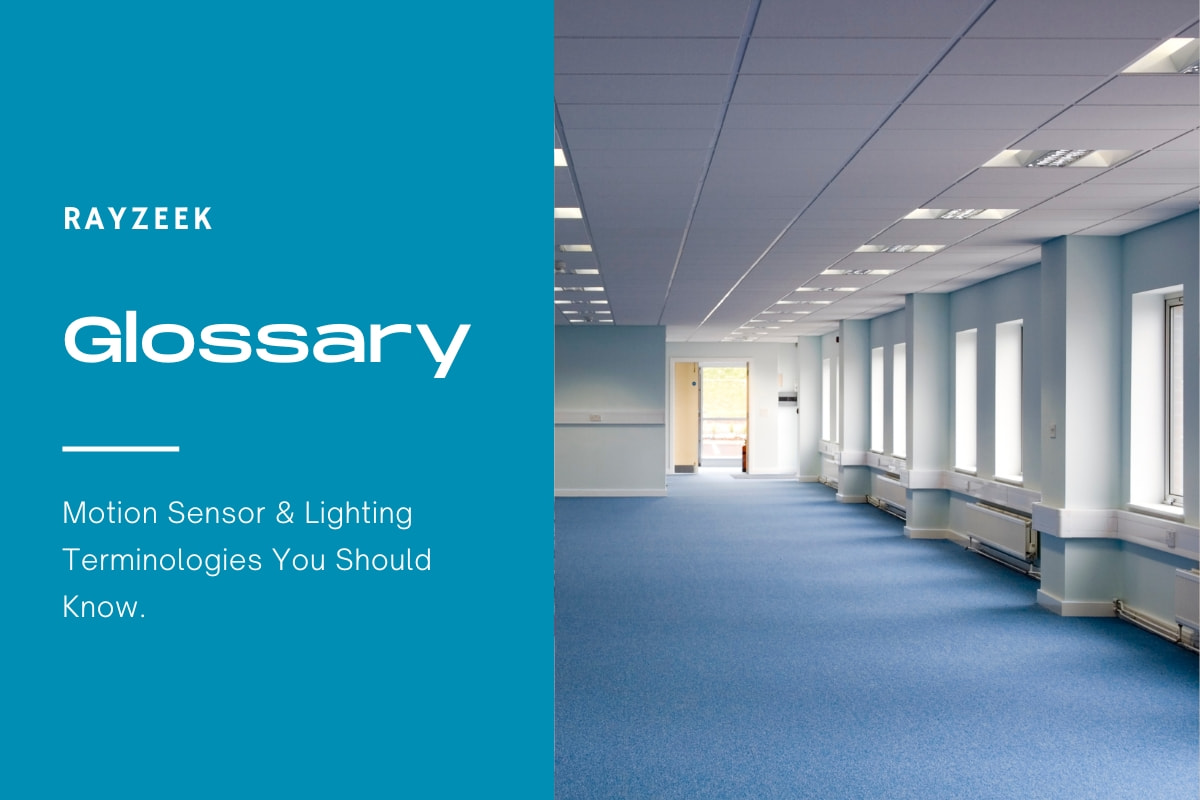What is Direct Lighting
Direct lighting refers to a type of lighting where the light source is focused and directed towards a specific object or area. It is commonly used to highlight and illuminate a particular subject, creating a focused and intense beam of light. This type of lighting is often seen in everyday life, such as desk lamps that provide direct illumination for reading or working.
Get Inspired by Rayzeek Motion Sensor Portfolios.
Doesn't find what you want? Don't worry. There are always alternate ways to solve your problems. Maybe one of our portfolios can help.
Direct lighting fixtures are typically positioned on the ceiling or mounted on walls, and they are designed to provide targeted illumination without diffusing into the surrounding space. The light from these fixtures falls in a downward direction, creating a hotspot at the center and effectively illuminating the intended area.
Direct lighting offers several advantages. It provides focused and concentrated illumination, making it suitable for tasks that require precise visibility, such as reading, writing, and working on detailed projects. It can also be used to highlight specific objects or areas, creating a visually appealing and well-lit environment.
Looking For Motion-Activated Energy-Saving Solutions?
Contact us for complete PIR motion sensors, motion-activated energy-saving products, motion sensor switches, and Occupancy/Vacancy commercial solutions.
Frequently Asked Questions
What Is the Difference Between Direct and Direct Indirect Lighting
Direct lighting is employed to brighten a limited space, whereas indirect lighting directs its beams downwards to illuminate a broader area. Rather than focusing on a specific spot, the light emitted from this type of lighting disperses, resulting in a uniform and comfortable illumination throughout the room.
What Is the Advantage of Direct Lighting
Benefits of direct lighting include the ability to provide focused illumination for a particular task or area. This type of lighting also creates distinct shadows and highlights, enhancing the overall visual effect. Additionally, direct lighting is designed to illuminate below the surface of the luminary or fixture, ensuring effective lighting coverage.
What Are the Characteristics of Direct Lighting
Direct lighting fixtures are designed to project a significant portion of their light directly downward towards the designated work area. This type of lighting is known for its ability to create shadows. On the other hand, direct-indirect light fixtures distribute light evenly in both upward and downward directions. These fixtures are designed to reflect light off the ceiling and other surfaces within the room.
Where Do You Use Indirect Lighting
Indirect lighting is a great choice for minimizing shadows and reflected glare. It is particularly suitable for spaces that have reflective surfaces like computers or televisions. In cases where there are other important visual tasks, it may be necessary to use an additional task light. To achieve the best efficiency, it is recommended to have a white or very light-colored ceiling.









